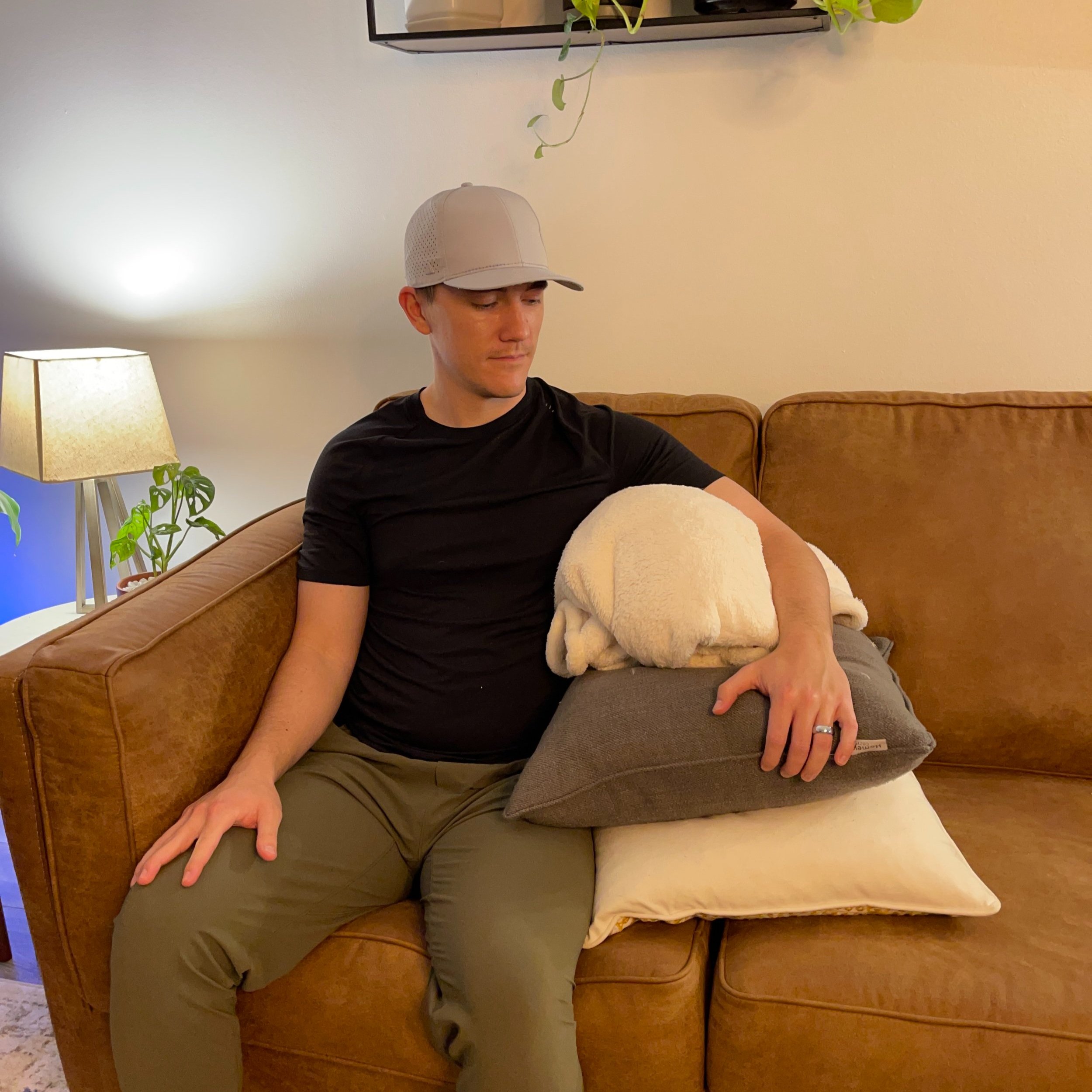Understanding Your Symptoms: Mechanical vs Inflammatory Pain
A follow up blog on a recent Instagram post!
Want more FREE educational content? Check us out on Instagram!
Ok. It’s important to acknowledge right off the bat that this post is attempting to simplify the VERY complex experience that is “pain”. Pain is something experienced differently by every individual that is heavily impacted by a large number of factors other than strictly tissue irritation. Your beliefs about pain, emotional state and coping strategies, your overall health hygiene (sleep, nutrition, stress levels, other health conditions, etc), and a whole host of other factors play a significant part in someone’s pain experience. However, in many instances after a fresh injury or surgery your pain symptoms follow a fairly predictable progression.
Immediately after an injury or surgery our bodies switch into a “Protect and Heal” mode. This means you will often take on adapted movements and postures to help protect the area that is need of healing. Have you ever sprained an ankle while running? Tweaked your knee while taking a misstep? You may notice you begin limping or favoring your other leg even if the pain isn’t all that bothersome initially after the injury. This is your body’s natural response to protect itself.
In addition to these altered movements and postures, we commonly experience an inflammatory response. This can include swelling, warmth, mild redness, and tenderness to touch in the injured area. This inflammatory response is a normal part of the body’s natural healing process as it is sending blood and nutrients to the irritated tissues that need attention. When your body is in this temporary state of inflammation it is common to feel a baseline level of pain that is achy, dull and constant even when trying to get in to a comfortable position.
Now, when experiencing inflammatory-like symptoms it can often be helpful to prioritize gentle movement and exercise to the injured area, potentially assistive modalities such as ice or heat packs, and to prioritize unloaded positions when you are resting. A couple of common examples of unloading positions I recommend for fresh neck, shoulder, or leg injuries is shown below:
By prioritizing these unloaded positions during the day, we can minimize excessive stress being put on the injured tissues the body is trying to heal. To give an example, think of a time when you fell and scraped your knee. You likely developed a nice scab on your knee; and as many know, if you pick at the scab it will take forever to heal. Like a scab, if we keep putting our body in situations that keep irritating these inflammatory symptoms, it will slow the healing process down. So if you’re suffering from a recent injury, try out one of these positions and keep the scab healing analogy in mind!
As the healing process of a fresh injury progresses, the inflammatory-like symptoms tend to subside. Meaning we will see minimal swelling, warmth, or redness in the area. At this point, you may start to experience more mechanical type of symptoms. I frequently describe these symptoms to be similar to a light switch — meaning the pain is on and off depending on the movement or position we are in. Mechanical symptoms are usually felt during movement and at end ranges of motion and are then alleviated when at rest. If you are experiencing mechanical symptoms, then it’s time to get to work.
These symptoms can frequently be addressed by focusing on your strength, mobility, and/or coordination that is required with the activity you are performing. This is where a skilled and precise examination by a physical therapist can be extremely helpful. By having your movement closely analyzed, your strength and mobility evaluated, and the health of the surrounding joints and tissues assessed we can help develop a road map to your overall recovery and better than you were before the injury.
Are you having difficulty getting back to 100% after a recent injury? Is pain stopping you from doing what you love, keeping up with your kids/family, or going on that vacation you’ve been putting off? Let us help! Feel free to reach out and we are here to help in any way you need!



